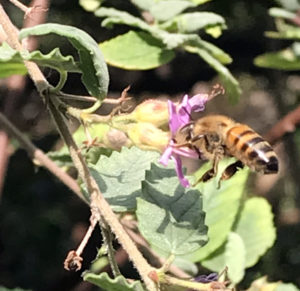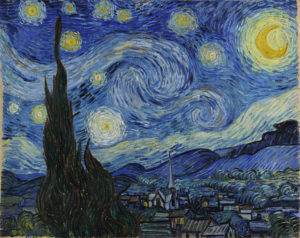
April is soon coming to a close, and I apologize, I’ve definitely fallen off the ball with Book of Days updates since Easter. Since then, St. George’s Day has come and gone, as has the mysterious St. Mark’s Eve and his day, too, and hopefully the people of Venice were able to make risi e bisi, their traditional meal for the day, a risotto of rice and peas with pancetta and onion. I, for one, have been cooking up a storm (Sunday I made tomato sauce and a cardamom pear coffee cake) and one big question is once I switch back from trousers with drawstrings to trousers that have actual buttons and zippers, will I have to leave that top button open? The cat seems to like us being home, too; she now takes an additional meal at 2 in the afternoon.
Ramadan began this past week, too. A central aspect of this month-long celebration is daytime fasting. The fasting is a reminder of the many people who are less fortunate than ourselves, and in this strange time of home quarantine and isolation, it is good to remember this. It is so very easy to get caught up in our own troubles, no? Chances are extremely good that there is always someone having a much rougher day than we are. Why not then be kind and patient with everyone? This is a central aspect of Ramadan, but it should just as well be a central premise of living for us all.
Ramadan continues until the next crescent moon, when Eid al-Fitr, the Sweet Festival, begins. Beautiful Ramadan and Eid al-Fitr cards, all by our friend Manal Aman of Hello Holy Days! in Canada, are available at our online catalog, and right now they are all 15% off with code SPRING15 (through April 30). Other spring and summer items are included, as well as all of our handmade soaps. Plus free domestic shipping when you spend $50 across our catalog.

One last thing today: working from home has meant finding creative solutions to new challenges. One of my challenges as Director of the Jaffe Center for Book Arts at Florida Atlantic University Libraries is to maintain a connection with our students and our book arts enthusiasts, and so last month, despite my stage fright, I began a weekly Facebook Live broadcast called Book Arts 101: Home Edition, which airs live on the Facebook page of the Jaffe Center for Book Arts each Wednesday at 3 PM Eastern Daylight Time. We talk books and craft and stories and the broadcasts originate here, at the Convivio Bookworks studio. Basically, if it’s in my home or on the premises, it’s fair game. This Wednesday’s episode is going to be a love letter, of sorts, to Lake Worth, the quirky town we call home. I’ll be showing and talking about things in our home that were made in Lake Worth or that delve into its history. If you’re a fan of my Convivio Dispatches from Lake Worth, you’ll probably enjoy Wednesday’s broadcast. And if you’re not familiar with the Dispatches, you can check one out by clicking here. The Convivio Dispatch is quite a different animal than this blog. The Dispatches are more based in story, and they are not collected in a blog, but rather come to you as a very occasional email, as they always have.
Anyway, won’t you join us on Wednesday? If you can’t make it at 3 Eastern, worry not, the videos are later available at the Convivio Bookworks Facebook page. There have been four so far, and we’ll continue them for as long as they feel needed.



